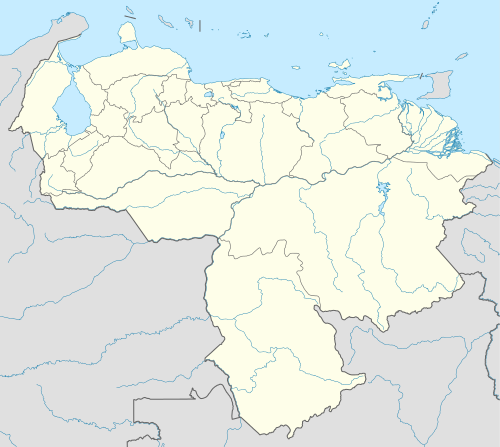CAFC Affirms District Court’s Inventorship Analysis
“Such a conclusion is better suited to be included in the second step of the inventorship analysis. However, the drafting choice to include it in a section addressing the first step of the inventorship analysis was not harmful, nor was the actual conclusion reached clear error.” – CAFC opinion
The U.S. Court of Appeals for the Federal Circuit (CAFC) on Friday affirmed a district court finding that two inventors should be added as co-inventors to a patent for a method of transporting gaseous fluids. The CAFC concluded that the record “does not leave us with a definite and firm conviction that a mistake has been made” in finding the inventors contributed significantly to the invention.
U.S. Patent 9,376,049 is titled “Method of Fabricating Type 4 Cylinders and Arranging in Transportation Housings for Transport of Gaseous Fluids.” The sole listed inventor is Steve Campbell, who originally contracted with Composites Atlantic Ltd. to assist in making the transportation vessels. When there were problems with the prototypes, Campbell eventually reached out to Gary Mackay to help address some of the issues. Dan Hewson was the Vice President of Projects at Mackay’s company, Tube-Mac Industries Ltd., and provided preliminary design drawings to Campbell. The three collaborated on designs over the next several months.
After the ‘049 patent issued, Mackay and Hewson brought an action asking to be added as co-inventors, arguing “their contributions to the design process were described and claimed in the patent.” The U.S. District Court for the Eastern District of Virginia ultimately ordered the U.S. Patent and Trademark Office (USPTO) to issue a certificate of correction adding Mackay and Hewson as named inventors.
On appeal, Campbell argued the district court erred in determining the scope of the subject matter of the claims; erred by “misidentifying the subject matter of the claims as ‘the port boss’”; and “erred in determining the significance of Mackay’s and Hewson’s contributions to the claimed invention.”
On the first argument, the CAFC said that Campbell “misunderstands” the first step of the inventorship analysis. “The court correctly began with ‘an independent claim construction analysis, which is the first step in determining inventorship,’” wrote the court. Neither party requested claim construction, so the district court moved on to determining the contributions of Mackay and Hewson.
As to the argument that the district court erred in misidentifying the subject matter of the claims as the “port boss,” the CAFC said “[w]e disagree, though we understand the source of the confusion.” While the district court should have included its analysis in the second step of the inventorship analysis for clarity, the result would have been the same, said the CAFC:
“…the court concluded that, in view of allegations made by Mackay and Hewson, the port boss claimed in independent claim 1 and the ‘compression and crimping’ thereof in dependent claim 5 provided the subject matter ‘at issue.’ Such a conclusion is better suited to be included in the second step of the inventorship analysis. However, the drafting choice to include it in a section addressing the first step of the inventorship analysis was not harmful, nor was the actual conclusion reached clear error. Indeed, the alleged contributions of Mackay and Hewson were made solely to the port boss and thus the subject matter upon which the inventorship dispute hinges primarily concerns only the port boss.”
Campbell next argued that the district court clearly erred in its determination of the significance of Mackay’s and Hewson’s contributions. But the CAFC said the court provided a thorough analysis of their contributions and held it could not find “a definite and firm conviction” that any mistake was made in concluding that that the two “contributed significantly to the conception of at least one claim…by providing…updates to the port boss.” While the district court found the contributions were “mostly unclaimed,” it held they “nevertheless contributed to the conception of the invention” and the CAFC ultimately affirmed.
Campbell also moved to compel Mackay and Hewson to produce various documentation, apparently with the intent of proving that they “exhibited unclean hands and deceptive intent since May 2007,” as well as to illustrate the evolutionary history of the claimed port boss. The court said “those arguments belong in the merits briefing, and Campbell has not shown that additional or supplemental briefing is warranted beyond what the court’s rules provide.” Campbell also requested the production of various patent documents, but the CAFC said “the court ordinarily decides matters based on the record before the district court, see Fed. R. App. P. 10(a), and we see no basis to depart from that usual practice here.” The motion was therefore denied.
Eileen McDermott
Eileen McDermott is the Editor-in-Chief of IPWatchdog.com. Eileen is a veteran IP and legal journalist, and no stranger to the intellectual property world, having held editorial and managerial positions at […see more]







